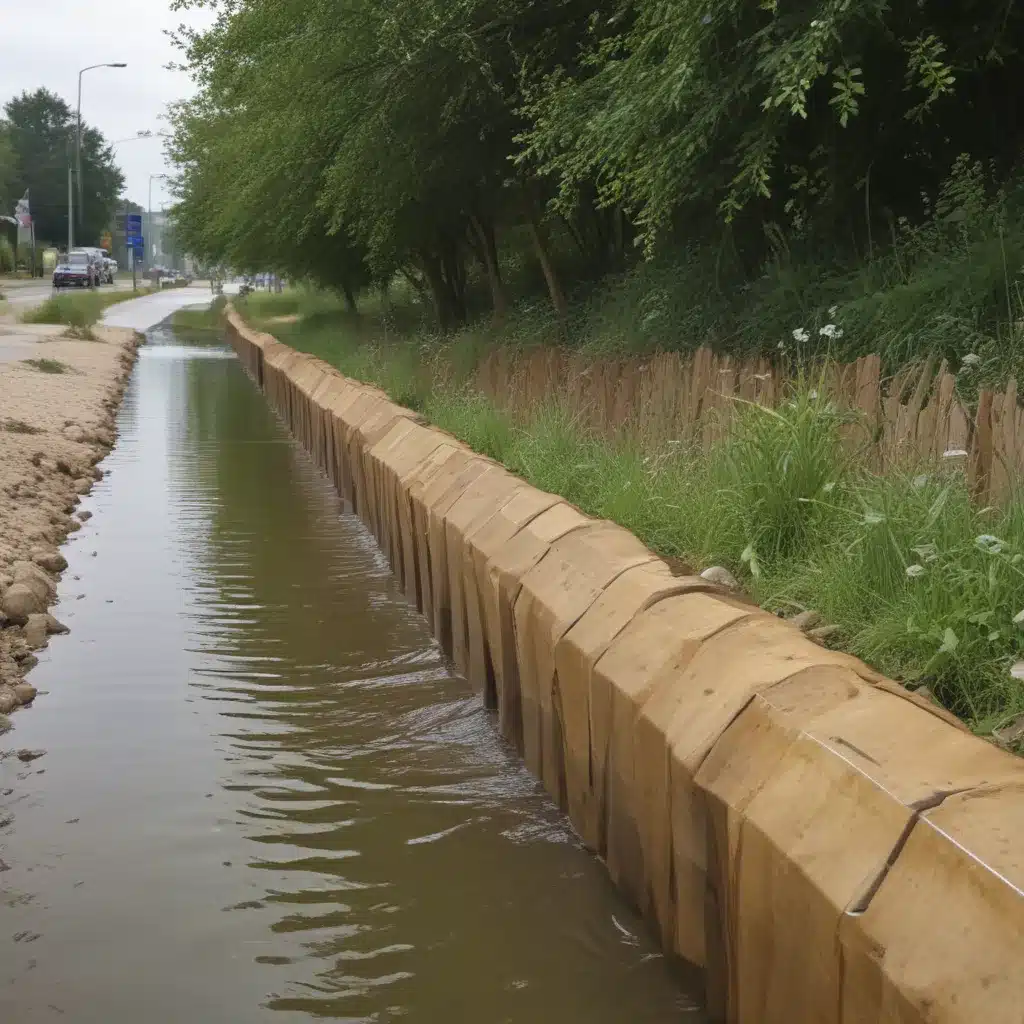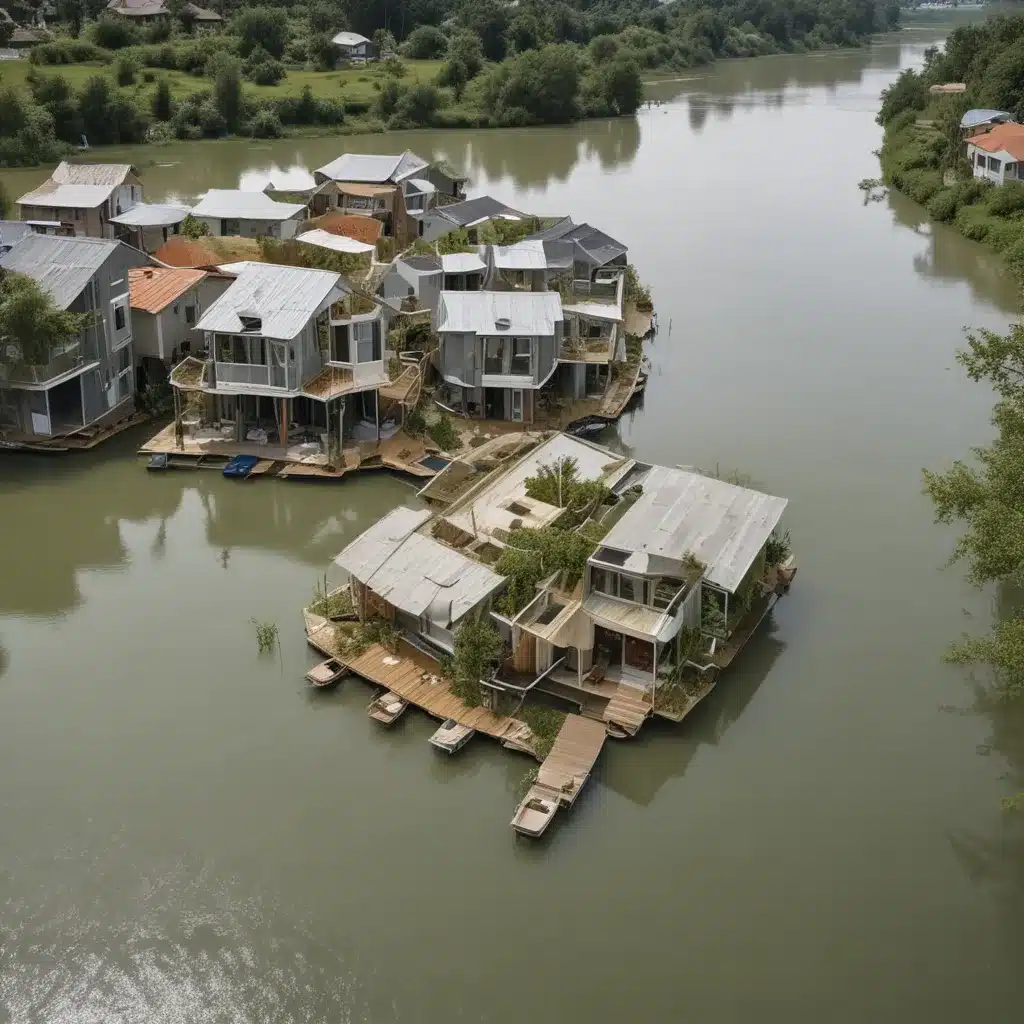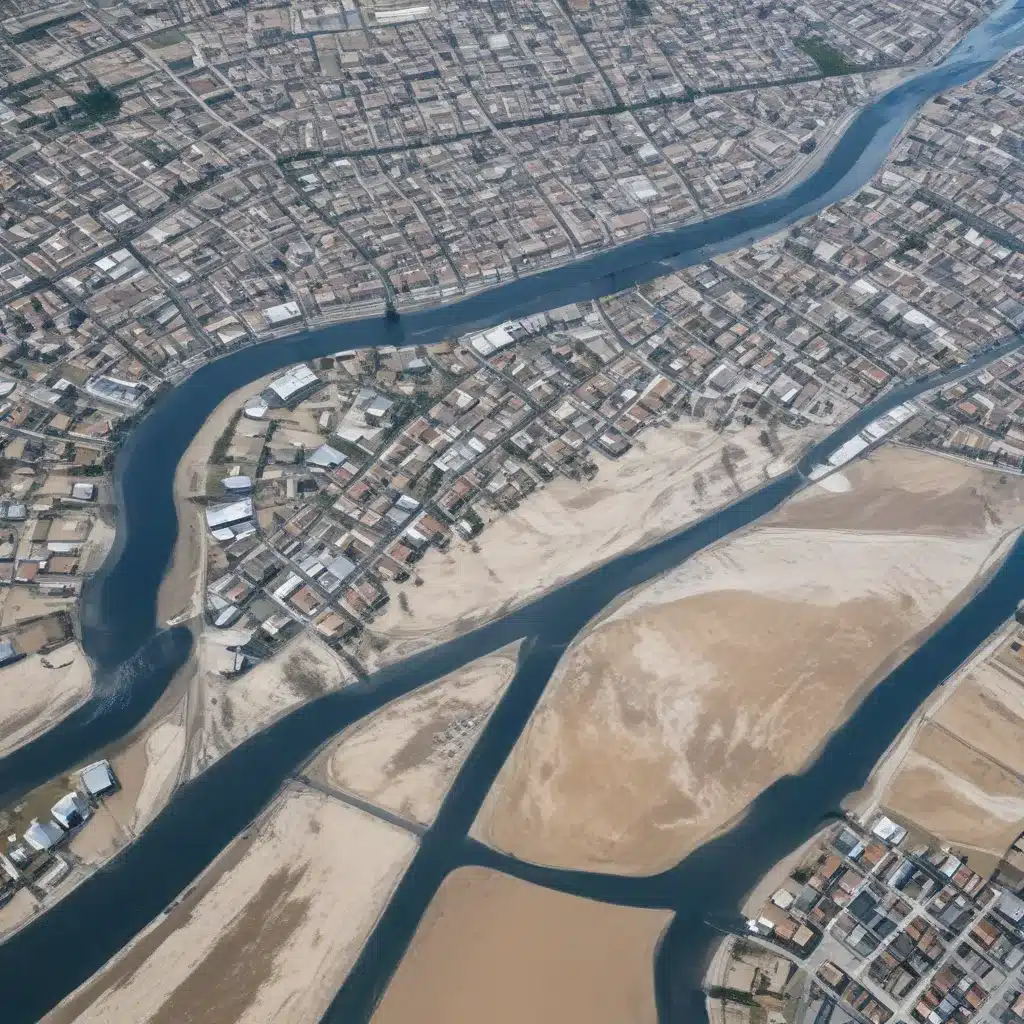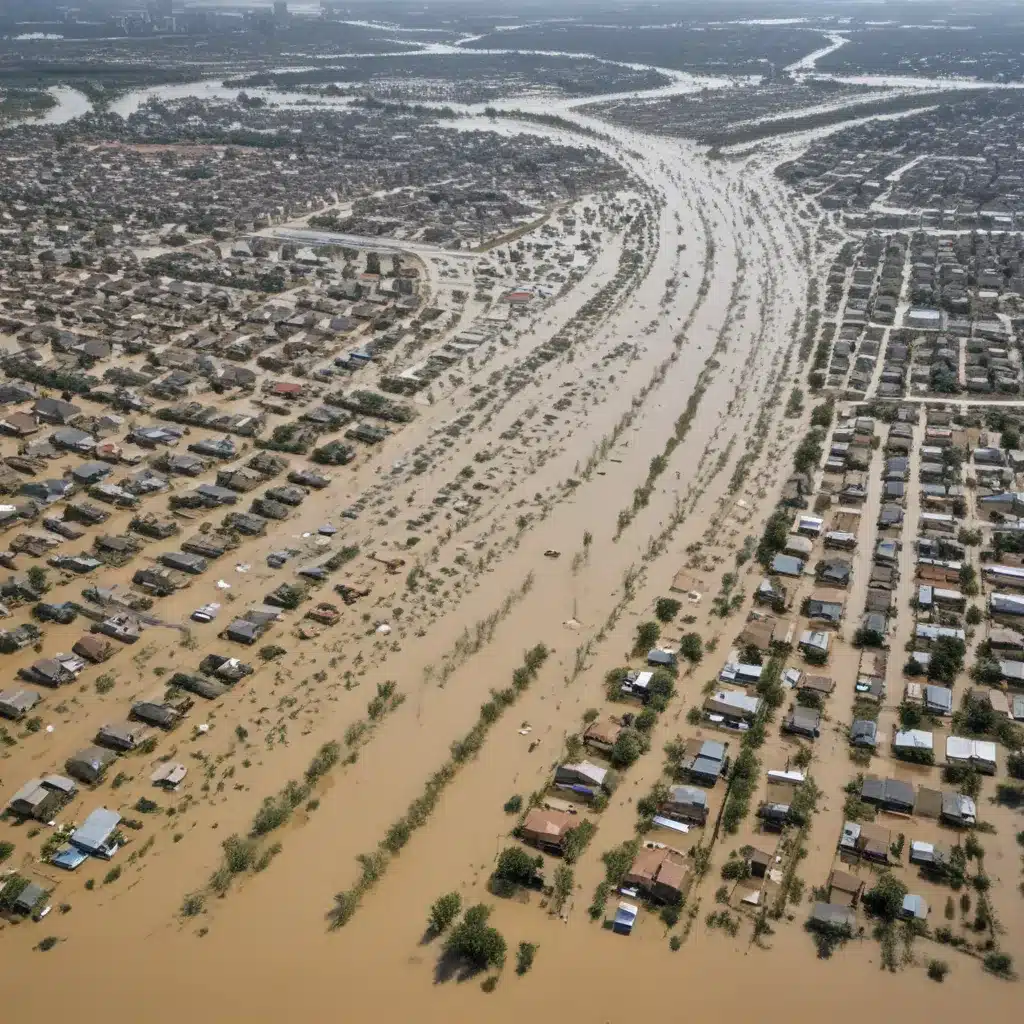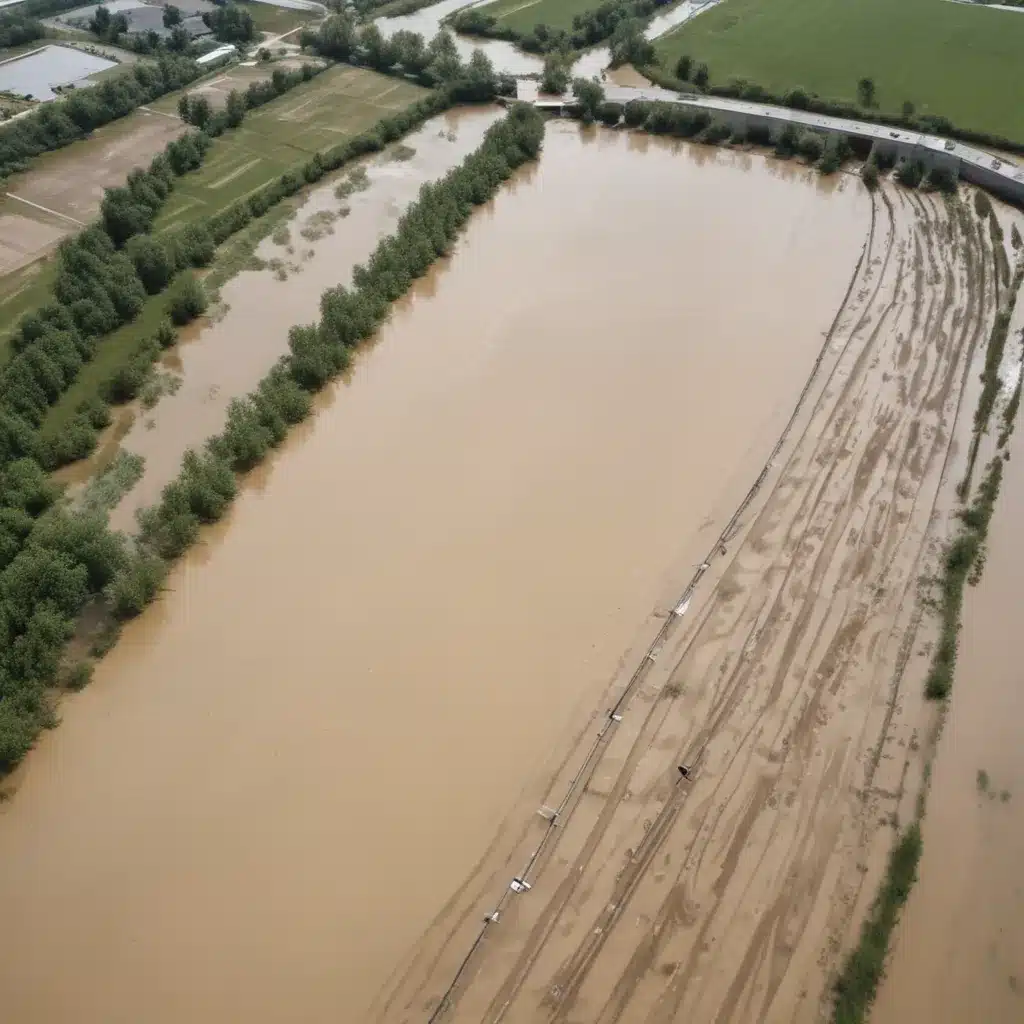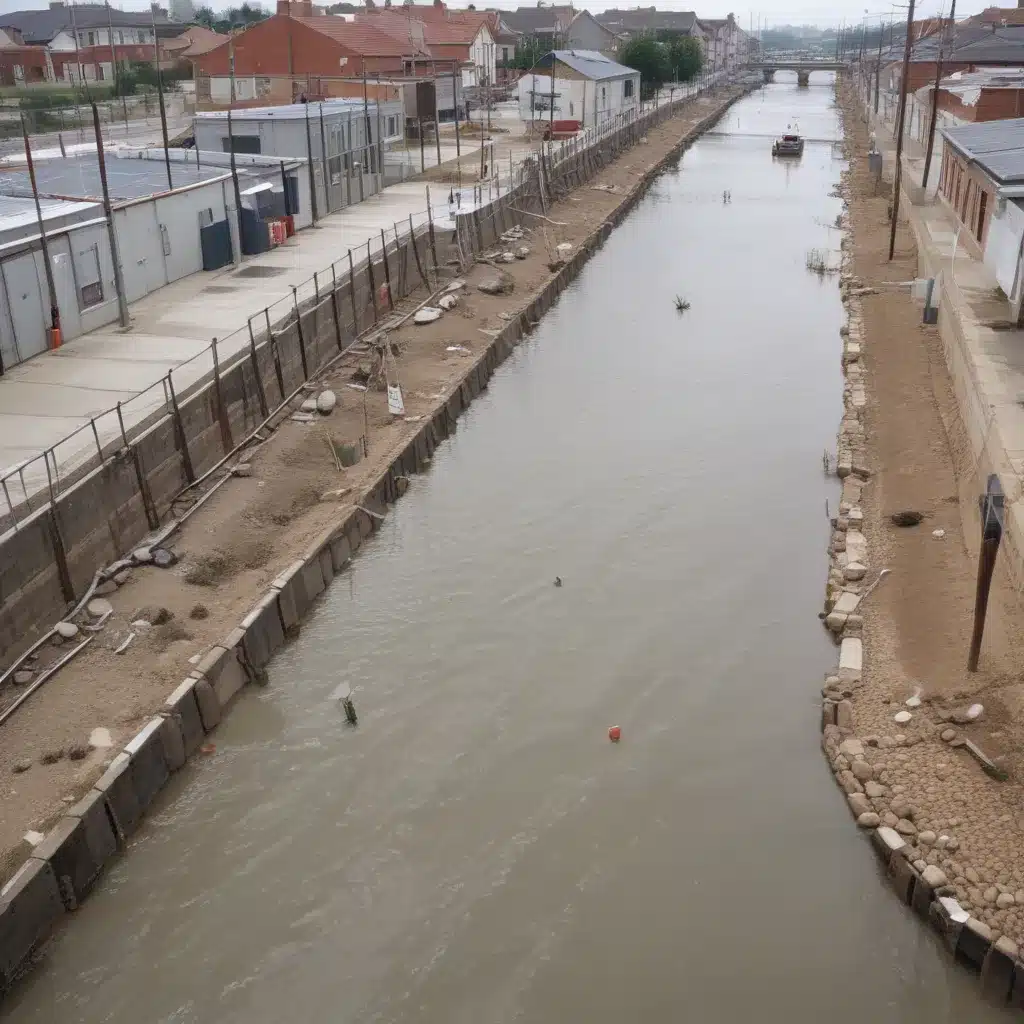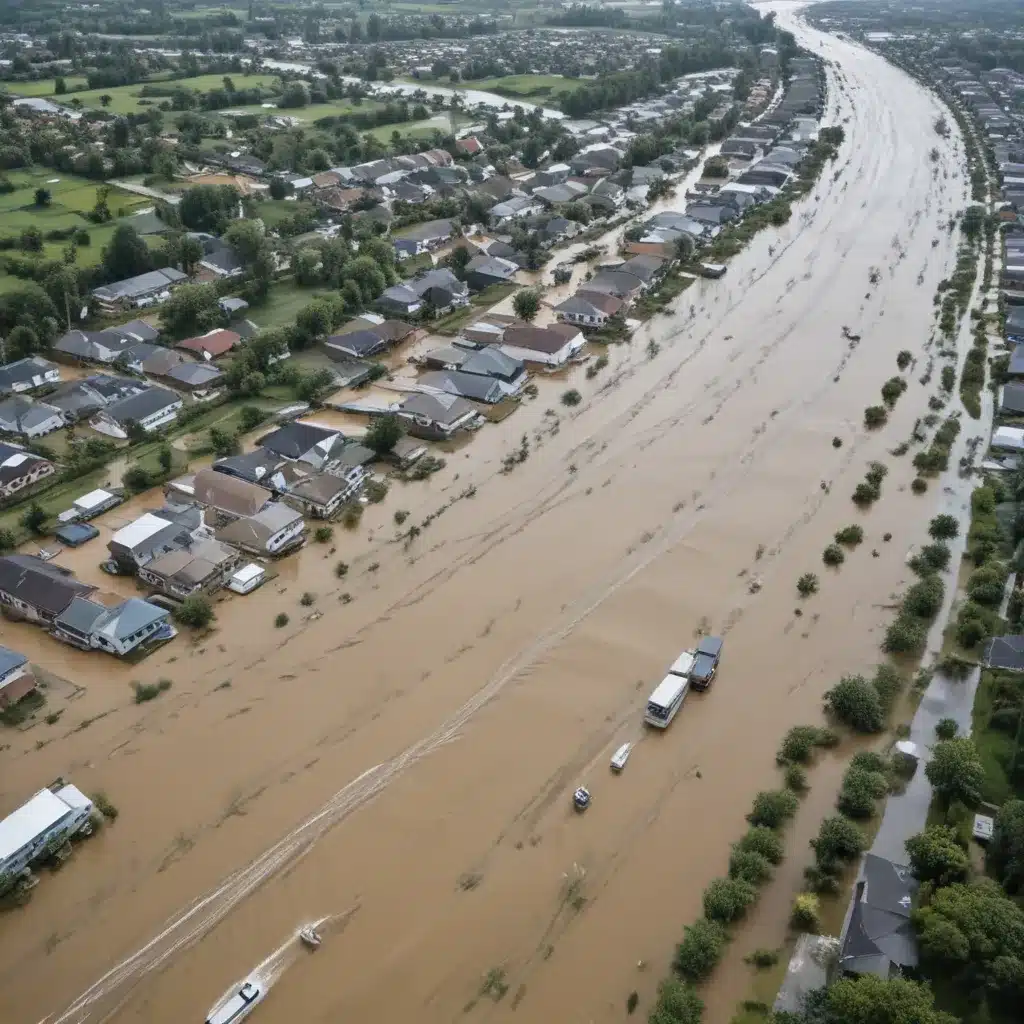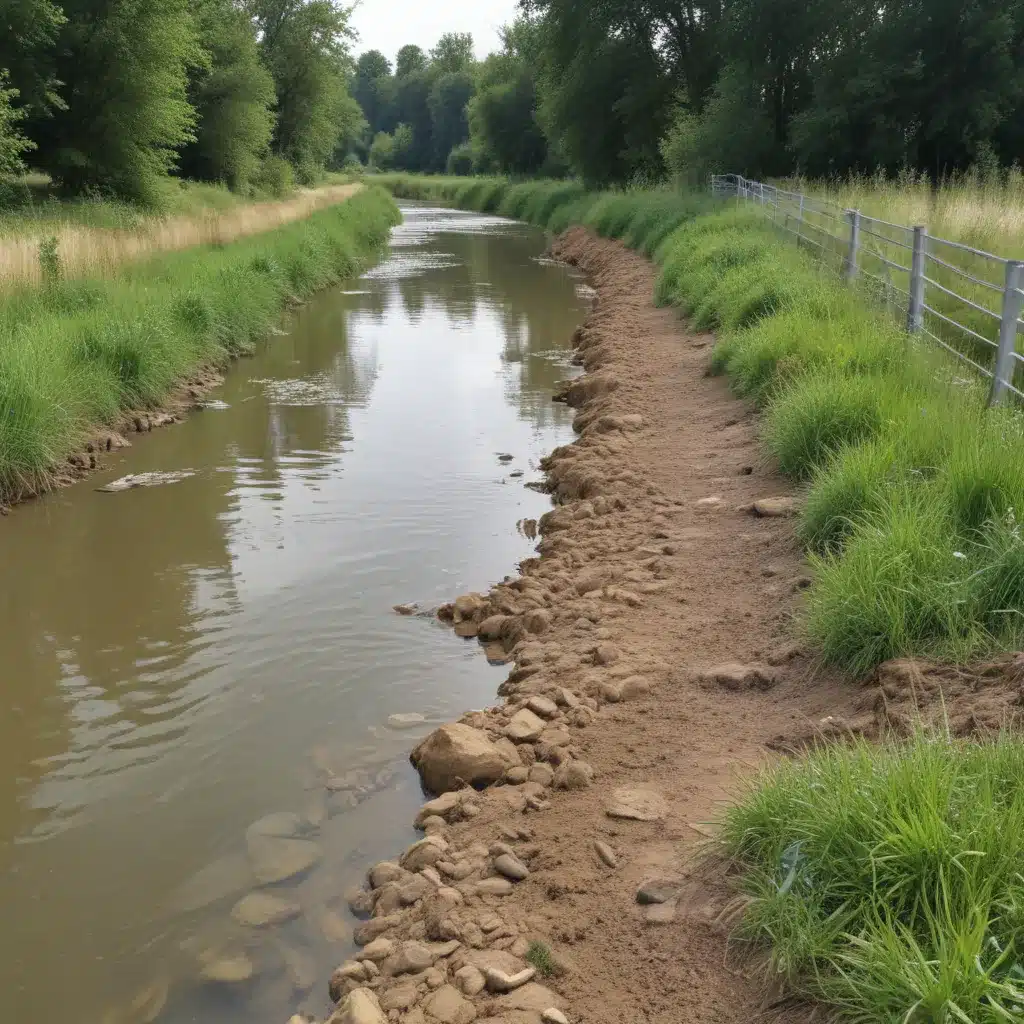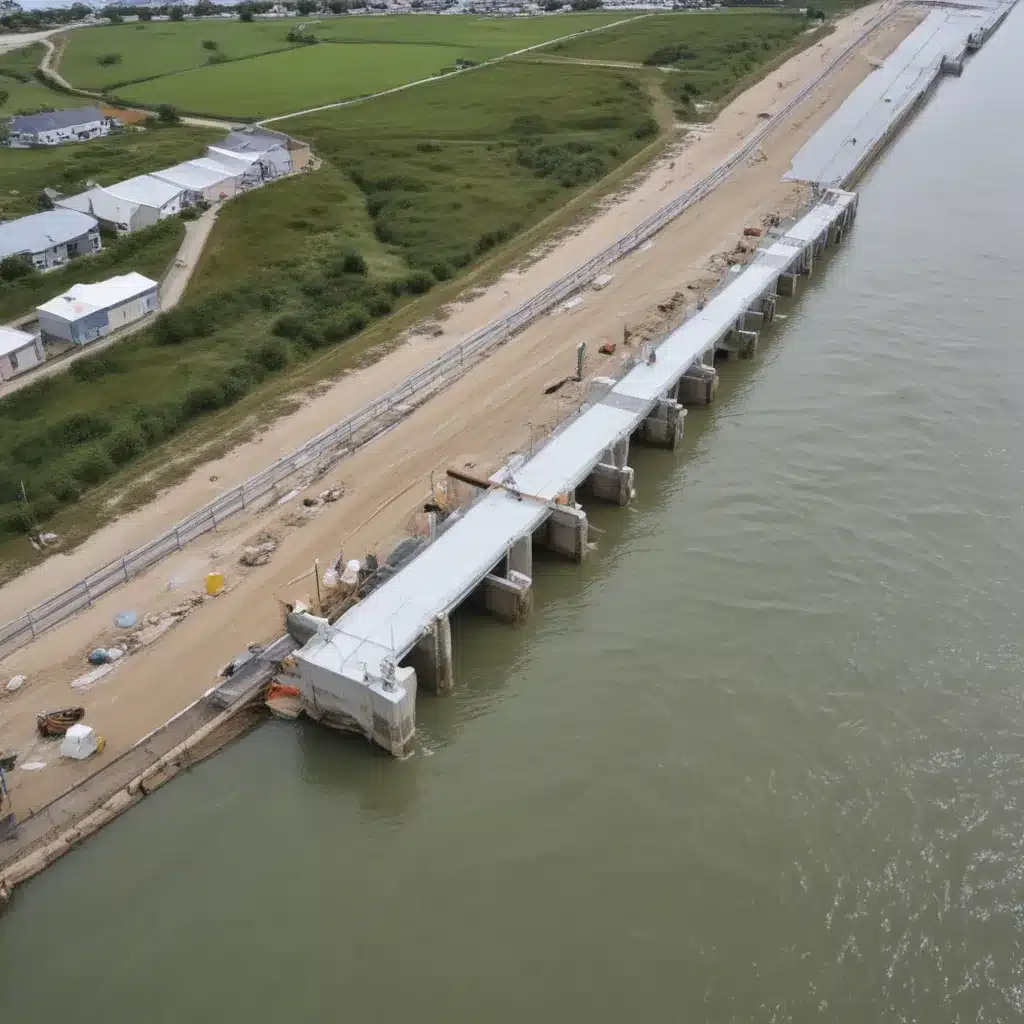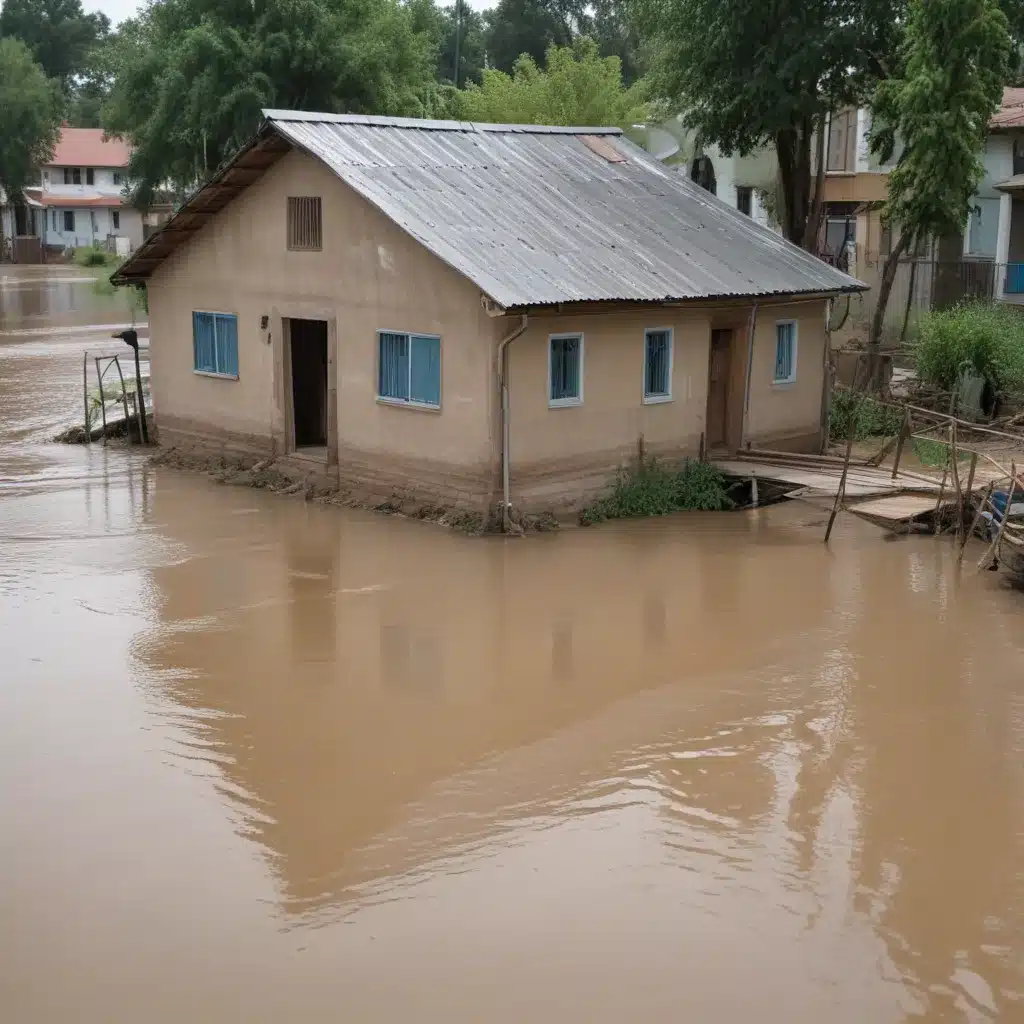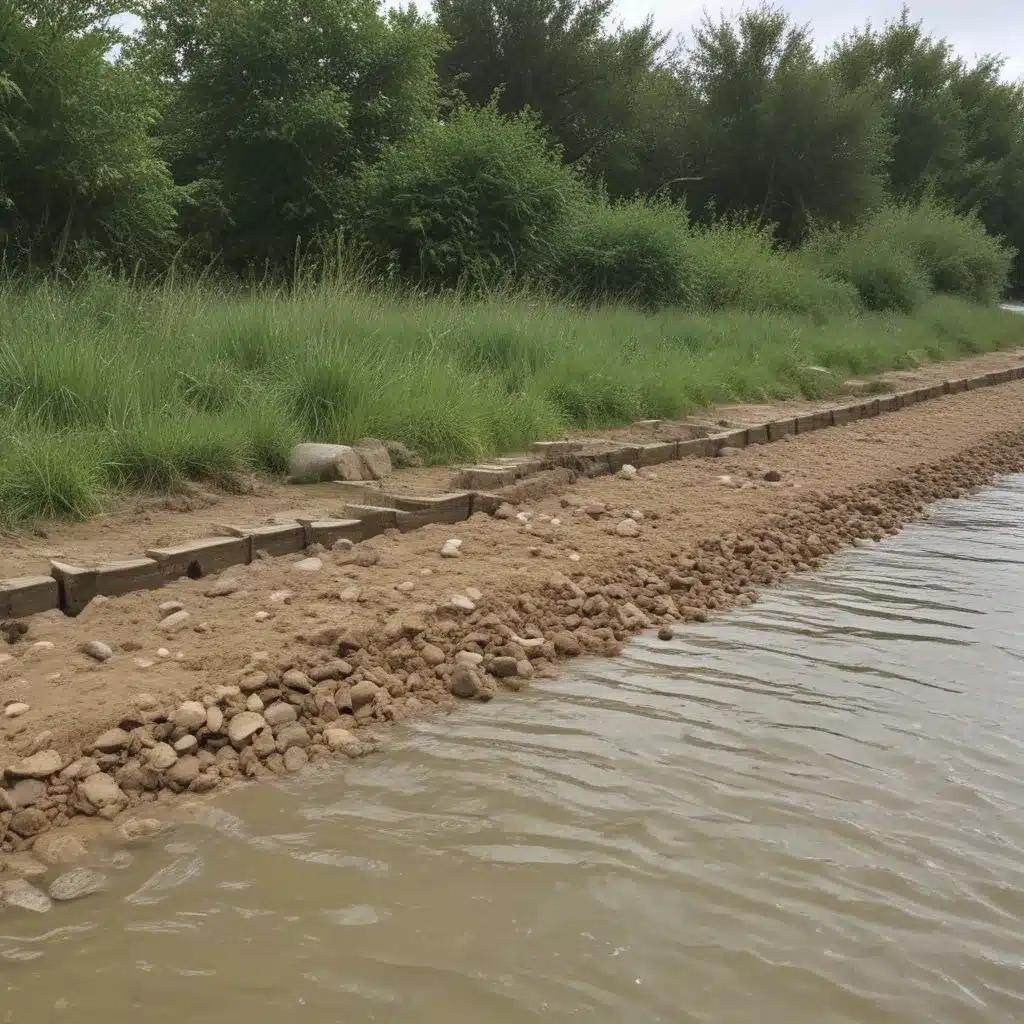
Coastal regions worldwide are facing growing risks from flooding and erosion due to sea level rise and extreme weather events. Traditional “grey” infrastructure like seawalls and levees can provide a certain level of protection, but these static, engineered structures often come with high construction and maintenance costs. Additionally, they can negatively impact coastal ecosystems and even disrupt natural shoreline dynamics, potentially exacerbating problems in adjacent areas.
Now, this might seem counterintuitive…
In contrast, “nature-based” or “green” solutions that harness the power of coastal habitats like wetlands, mangroves, and reefs offer an increasingly attractive alternative for sustainable flood management. These natural and nature-based defences not only attenuate waves and reduce erosion, but also deliver multiple co-benefits such as habitat provision, carbon sequestration, and recreational opportunities.
Flood Control 2015 is at the forefront of exploring how coastal habitat restoration and conservation can be leveraged as part of comprehensive flood protection strategies. In this article, we’ll dive into the latest research on the effectiveness, costs, and broader benefits of integrating nature-based solutions into flood risk management.
The Coastal Protection Value of Habitats
Coastal habitats like mangroves, salt marshes, coral reefs, and seagrass beds have long been recognized for their ability to attenuate waves and reduce erosion. However, quantifying this “coastal protection” function has been challenging, with significant variability across habitat types, locations, and hydrodynamic conditions.
A recent global synthesis of 69 field studies found that these habitats can reduce wave heights by 35-71% on average. Coral reefs and salt marshes emerged as particularly effective, capable of reducing waves by up to 70-72% in some cases. Mangroves and seagrass/kelp beds, while still providing meaningful protection, were roughly half as effective as the top performers.
The researchers identified key engineering parameters that influence a habitat’s wave attenuation capacity:
- Coral reefs: Effectiveness is tied to the ratio of reef width to wavelength, as well as the ratio of wave height to water depth. Reefs need to be at least twice as wide as the incoming wavelength and the water depth should be no more than half the wave height.
- Salt marshes: Wave reduction is linearly correlated with the relative height of the marsh vegetation – the taller the plants relative to the water depth, the greater the attenuation.
These insights can help guide the design of nature-based flood defences, ensuring that restored or conserved habitats are optimized for coastal protection.
Costs and Benefits of Nature-Based Flood Defences
In addition to quantifying the physical effectiveness of coastal habitats, the researchers also synthesized data from 52 nature-based defence projects around the world. These restoration efforts, targeted specifically at providing coastal protection, reported a range of benefits:
- Reduced storm damage: Many mangrove and salt marsh projects observed improved protection from extreme events like hurricanes and coastal storms.
- Erosion control: Restored habitats helped stabilize shorelines and reduce erosion rates.
- Decreased infrastructure costs: In some cases, nature-based defences allowed for reduced heights or footprints of engineered structures like seawalls.
When it comes to costs, the researchers found that salt marshes and mangroves can be 2-5 times cheaper than a traditional submerged breakwater for wave heights up to 0.5 meters. And at greater water depths, these natural defences become even more cost-effective relative to hard structures.
By combining the wave attenuation data with the project cost information, the researchers were able to estimate the benefits of specific nature-based defence initiatives. For example, a 55-meter wide marsh was found to provide 32% more wave height reduction compared to a scenario without vegetation.
These findings suggest that, within their performance limits, nature-based solutions can offer a more affordable and sustainable approach to coastal flood protection than traditional engineered infrastructure. Of course, site-specific factors like wave climate, water depth, and habitat characteristics will all play a role in determining the most appropriate and cost-effective strategies.
Integrating Habitats into Flood Management
Incorporating coastal habitats into flood risk management is not a one-size-fits-all endeavor. The specific design, placement, and maintenance of nature-based defences might want to be carefully considered to maximize their effectiveness and realize the full range of ecosystem service benefits.
A key consideration is understanding the biophysical suitability of different habitat types for a given location. Factors like water depth, wave energy, sediment supply, and land use all influence whether marshes, reefs, or other solutions will be viable. Detailed mapping and site assessment can help identify the most appropriate nature-based approaches.
Another important factor is accounting for seasonal changes and long-term dynamics. The wave attenuation capacity of habitats can vary significantly based on factors like plant growth cycles, sediment accretion rates, and sea level rise. Designing for these changes, and potentially incorporating “hybrid” solutions that combine natural and engineered elements, is crucial for ensuring the longevity and resilience of nature-based flood defences.
Effective implementation also requires close coordination and alignment across multiple stakeholders. Coastal flood management often spans various jurisdictions, agencies, and community groups. Integrating nature-based solutions into this complex landscape necessitates a collaborative, interdisciplinary approach that balances ecological, engineering, economic, and social priorities.
Ultimately, the growing body of research on the coastal protection services provided by habitats underscores the immense potential of nature-based flood defences. By strategically restoring and conserving these vital ecosystems, we can build more resilient and sustainable communities in the face of rising seas and intensifying storms. Of course, significant challenges remain in terms of quantifying benefits, navigating regulatory frameworks, and securing adequate funding. But the case for investing in coastal habitats as part of a comprehensive flood risk management approach is increasingly compelling.
Example: London Flood Resilience Initiative 2024

